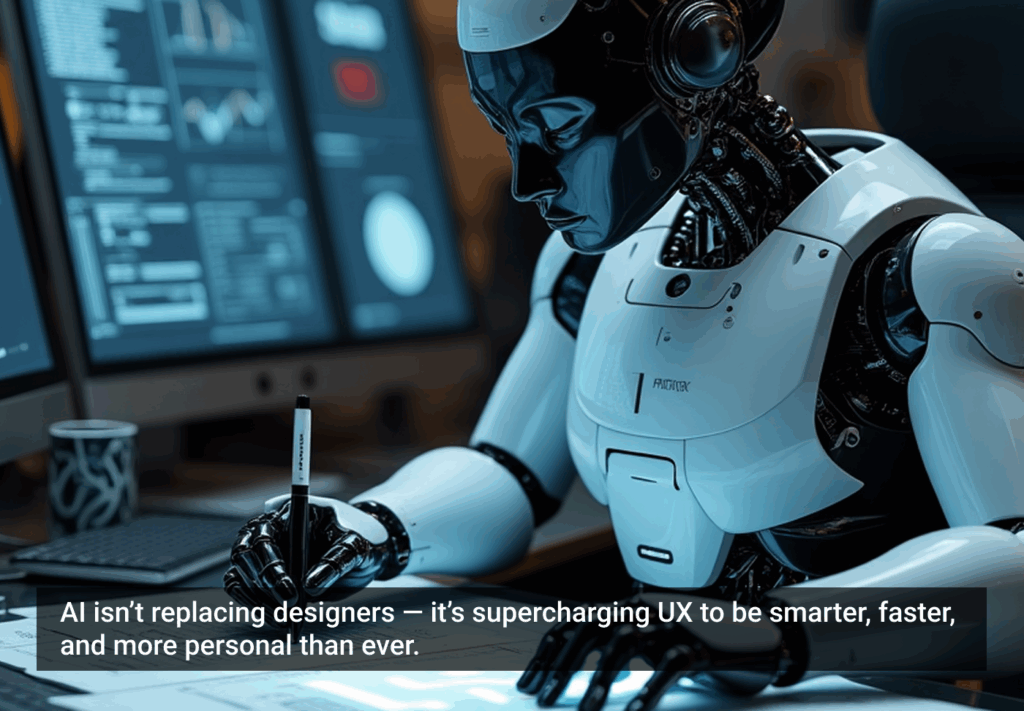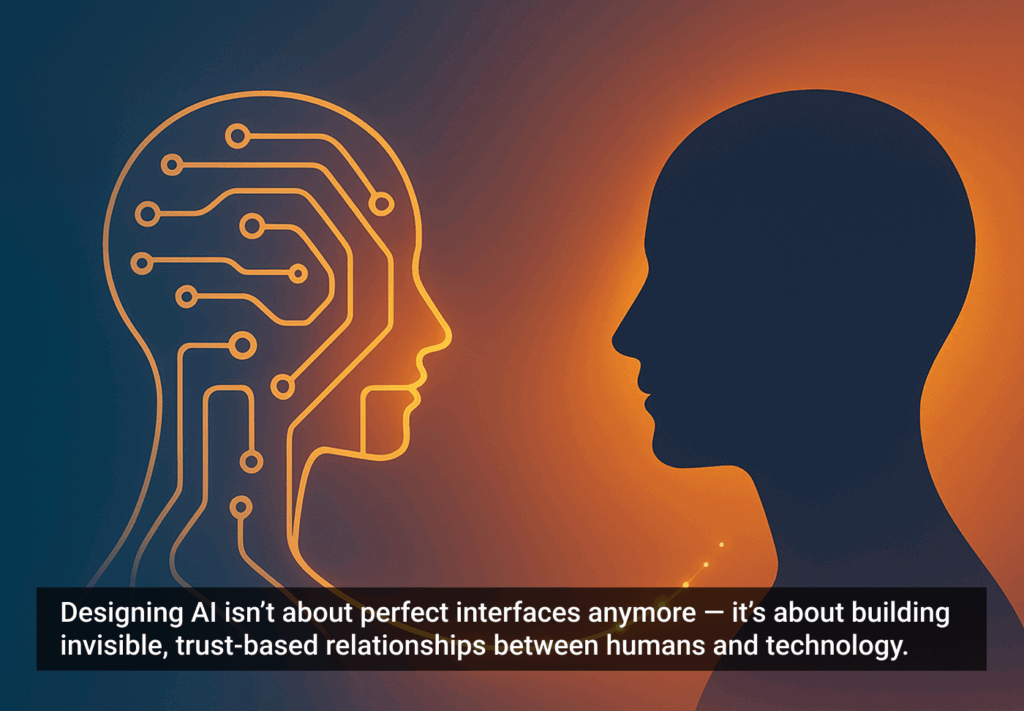Over 80% of companies today are looking to differentiate themselves based on their customer experience. That’s a great aspiration, to be sure, but how exactly can you design an experience that stands out from the competition, that accounts for every touch point and interaction and guides customers through their journey?
Enter X: The Book (or more accurately, X: The Experience When Business Meets Design). Expertly and passionately written by customer experience visionary Brian Solis, the book is both a crash course in architecting great experiences and simultaneously a must-read for any designer looking to brush up on his trade.
Open the book and you’ll find a reading experience that’s sharply and smartly designed by Mekanism. Delve into its contents and you’ll find the book rife with brand examples ranging from American Airlines to Starbucks to Lego to Disney, as well as diagrams, detailed explanations, and a key focus on one thing: experience architecture.
Solis introduces this innovative concept as:
“The art of engendering desired emotions, outcomes and capabilities throughout the customer journey. It’s about branding through experiences.”
Right off the bat, Solis makes the bold (but correct) assumption that experiences are more important than products, and in fact have transcended to become products themselves.
And he’s right.
But what makes for a good customer experience, and how exactly do you get there? Here, I’ll go over some of the key themes Solis addresses in his book.
Designing with, for and around digital
You shouldn’t look at your technology and assume it’s the innovative part of the experience (although it can be). What’s more important is how technology can be used to enhance the experience.
“UX takes design out of the studio and into our lives” —@briansolis
To illustrate this, Solis gives the example of Steve Jobs, who tapped into the customer consciousness and designed an experience they didn’t even know they wanted, but once they had it, they couldn’t live without it. They used technology to meet customer needs and enhance the experience.
But how did he do it? By doing his own firsthand research and paying close attention to customer experiences. Jobs monitored user behavior (which is something you consent to when you check that terms and conditions, by the way), but used that data to design the best customer experience possible. Heck, even unboxing an Apple product is an experience in and of itself, as Solis lovingly details towards the end of the book.
The key point Solis wants to make here is that you can’t design for the technology (although that’s something Jobs did well)—you have to design for an experience. Take, for instance, the example Solis gives of a baby who tries to use a magazine like an iPad. It’s not working how it should, how she expects.
You need to design for what the experience should be, as Solis explains. As with the case of the baby and most of today’s connected customers, that’s a digital experience. However, as Solis states:
“Designing for a medium is not the same as designing for an experience.”
In addition, you can’t just use what’s already there and hope things will get better—you have to innovate.
Solis gives the example of the remote control, which started off simply enough but eventually become obfuscated by a mish mash of never-ending buttons that didn’t really add anything to the experience. In response, Solis proposes using a brand new swipe-to-navigate interface, à la the smartphone. New approach, but overall better experience.
Design takeaway: Don’t be afraid to design something new, and don’t just rely on a legacy system just because it’s “the norm.” Use technology to innovate and drive that change.
Humans designing for humans
Everyone in the company owns the customer experience—not just marketing, not just sales, not just the design department. It takes everyone, and it should. But that’s not always the case. Departments work in different silos, measure against different metrics, and have an overall fractured view of the customer (if they even have a view at all).
Solis refers to this as a “cluster funnel,” where this lack of collaboration ends up hurting the customer journey. The solution, he explains, is aligning teams around a common mission, and picking someone to own CX. What else explains the explosion of roles like Chief Customer Officer, he asks?
But while one person owns CX, it is still very much a team effort. And setting a mission is just one part of the process. As Solis explains:
“Companies must pursue a top-down approach of understanding desired CX, then align the supporting technology.”
As mentioned above, you should use technology to create great experiences, but technology shouldn’t be the experience itself. In addition, you need the right people to help craft the experience, collect data, and interpret it.
That’s where user experience designers come in. As Solis explains, UX accounts for the entirety of a user’s interactions with a business, from start to finish. He goes on to say that, “any company that doesn’t have a UX specialist must bring one on.”
But what is really so special about UX? Solis explains:
“UX takes design out of the studio and away from the screen and into our lives.”
Typically, UX designers focus on user-centered design (obviously enough). But Solis doesn’t just want us to think of our users as “users.” He wants us to think of them as what they are—as people. Focusing on just the user aspect means you’re focused on goals, not the person.
That’s why Solis champions human-centered design: seeing the whole person, not just a user of your product. How do they think, feel and act around your product? What are their interactions with your product as a person, not just a user?
It’s not just about designing for B2B or B2C, it’s about P2P—people designing for people.
Design takeaway: As Solis explains, all business is personal. Keeping the person, not just the user, in mind, leads to an overall better customer experience.
Building out the customer journey with the right tools
One of the key points in Solis’ book is designing for customer moments of truth. There are four of them:
- Zero Moment of Truth—searching for information about a product
- First Moment of Truth—introduced to brand
- Second Moment of Truth—experiencing your brand
- Ultimate Moment of Truth—creating content based on shared experiences
These are all parts of your experience architecture. Each moment builds on the previous one, and it’s up to your brand to figure out how you’re going to influence the interactions customers have with your business.
In Chapter 3, he explains how to build your own experience flow. I won’t spoil it here (that information alone is worth the price of the book), but suffice it to say that it involves uniting the moments of truth with a Sphere of Experience, then crossing it over with the journey from point A (discovery) to point X (outcomes), and from X to A.
Mind blown yet? Let’s take a step back and take a look at some of the tools in your experience architecture arsenal.
- The grid. Todays’ customer journey isn’t an orderly grid. It’s a series of disparate, isolated maps. As Solis explains, experience architecture starts with the grid as you plot the customer journey step by step and find broken paths along the way.
- Journey mapping. As Solis explains, “Journey mapping is an opportunity to learn, not assume, how customers behave.” You have to feel it, and experience the journey for yourself. It’s not always linear, as you have to account for different touch points. Your journey maps should have research on digital and physical journeys, as well as customer behaviors and expectations at each touch point.
- Personas. To create descriptions of customers, then develop scenarios and touch points, you need to address goals, needs, aspirations and intended outcomes. But good personas can’t be guesswork—they need to incorporate research about your target audience. There are lots of different attributes in a good persona, including name, age, one sentence summary of them, goals, expectations, tools, etc. Think of their actions and consider “if this then that” (IFTT). If this happened, how would they respond?
- Storytelling. According to Solis, brand interactions usually consist of just talking at people instead of telling a story. He goes on to say, “Just because you have someone’s attention doesn’t mean you’ve engaged them.” You need to consider three things when telling a story that keeps customers’ attention: Actions, Reactions, and Transactions (ART). This will help you engage them.
- Storyboarding. With storytelling comes storyboarding. Storyboarding, popularized by Walt Disney, is a blend of journey mapping and personas, putting them together to tell a whole story. Sometimes that will involve more than one character. These have be believable and relatable. Solis gives the example of Airbnb, who created storyboards for different customers to help them remember who their customers are and what their journey is. (This is where the book gets meta, with a storyboard on the process behind creating the book).
Design takeaway: There are several different tools that can help you architect the best customer experience possible, all with a focus on the person behind the customer.
Conclusion
A good customer experience and strong experience architecture are predicated on design, people and the tools used to design an experience. Check out this book and get a massive education on how to build the kinds of experiences that will please customers and key stakeholders alike.







